It may seem like all you need to do to prepare for warmer weather is to buy a new bathing suit and book your summer vacation. But, beyond the traditional deep cleaning, spring is the perfect time to get your home ready for summer. We’ve compiled a list of the most important chores to prep your house for warm weather – and save you time and money in the long run.
1. Service Your Air Conditioner:


There’s not much worse than having your air conditioner break when summer is in full swing. That’s why spring is the best time to check out your air conditioning system to ensure it’ll keep you cool in the months ahead.
First, change the system’s filter. Clogged and dirty filters make air conditioning systems work harder, stay on longer and cost more to run. Hopefully, you’re already changing your heating and air filters every two to four months, depending on how much dust, pet hair, and the like are in your home. Spring is the best time to get started on that cycle with your air conditioning filter, so you don’t start the season with one that’s old and dirty.
Second, turn on your unit to see how it’s cooling. If the A/C doesn’t kick on (it might take a minute), check your circuit breakers or fuses. If it still won’t start up or cool like you think it should, call a professional.
Even if everything does seem to be in working order, it can still be a good idea to call a pro. Having your unit tuned up annually can help extend its life and keep it running efficiently. Seasonal maintenance usually includes inspecting and cleaning your unit, and servicing parts that might need it. Many HVAC companies offer a prepaid annual service plan that covers tune-ups, filter changes, and a discount on repairs if something does go wrong. Do the math to make sure it’s worth it, and if it is, you won’t need to worry about paying the technician for tune-up and maintenance visits.
2. Clean Windows and Screens:


Spring is the time to remove and clean storm windows that have spent the last few months keeping out the cold. To make those windowpanes sparkle, fill a spray bottle with window cleaning solution, use newspaper or a squeegee to leave them streak free, and wear gloves for protection if you have sensitive skin.
While you’re cleaning, evaluate how your windows have fared through the winter. Look for signs of dry rot and water damage from melting snow and ice. Check the seals around windows as well, and re-caulk or replace damaged weather stripping where needed. This will go a long way toward keeping the hot air out and the cool air in as the weather gets warmer.
Finally, clean your window screens, inspect them, repair any damage, and reinstall them in your windows. Use a hose and mild detergent, but don’t pressure wash them — the force of the spray can damage them. You can repair damaged screens with a kit you can purchase at most home improvement or hardware stores.
3. Inspect Outdoor Plumbing:

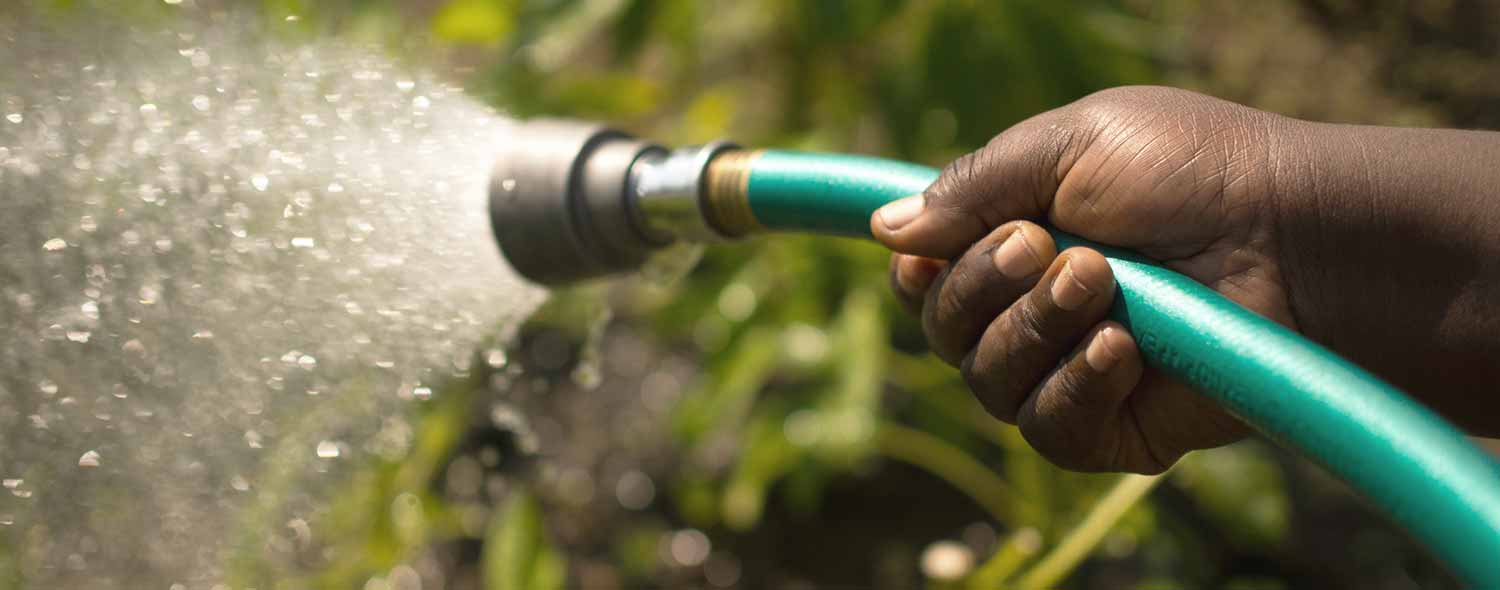
Spring is the time to check that your outdoor spigots and irrigation system made it through the winter intact. Remove insulators (also called freeze caps) from outdoor faucets and turn on the water. A slow trickle may mean you have a problem in your pipes. Call in a plumber if the water isn’t flowing like it should. But sometimes all it takes is a Youtube video and a tweak to ensure your system is operating efficiently.
4. Get Summer Tools Ready:

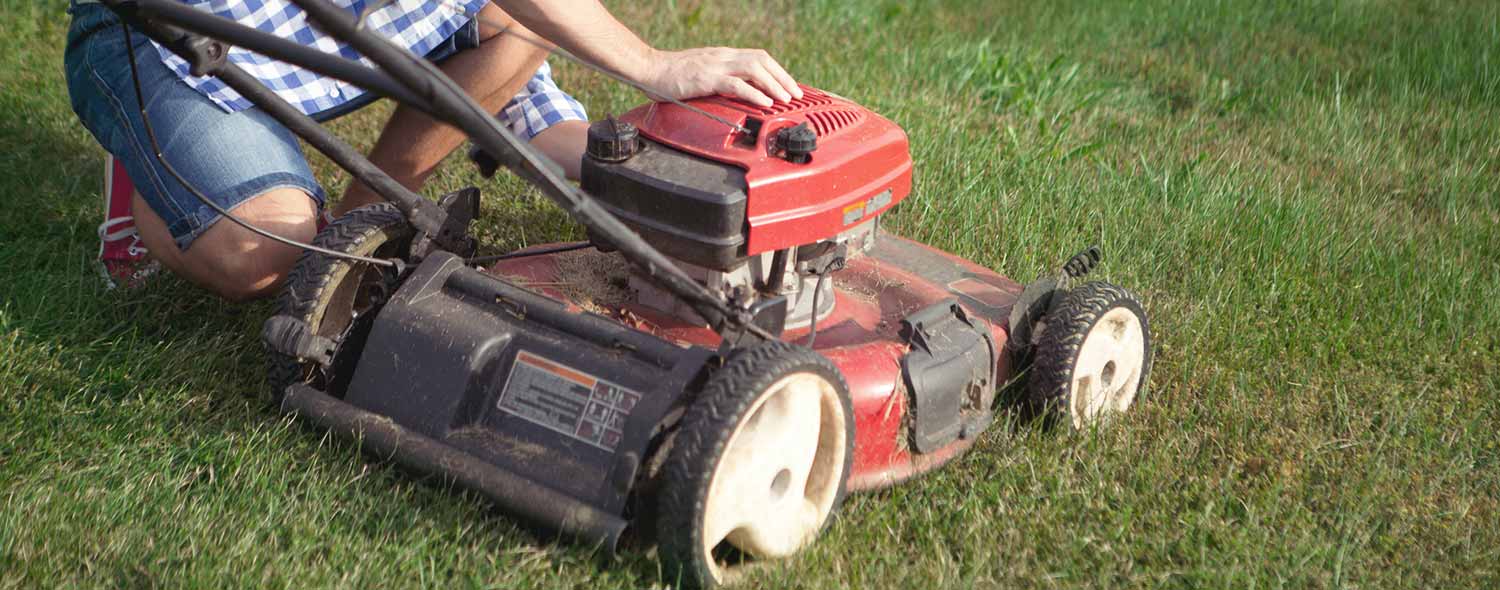
Lawn mowers and edgers are key to keeping your yard looking neat through the summer. Make sure your equipment is ready to tackle these tasks with springtime tune-ups.
For gas mowers and edgers, clean the equipment and change the gas if you forgot to empty it at the end of lawn care season. Replace the oil and spark plugs, and get all new oil, fuel and air filters. Lubricate the moving parts and sharpen the mower blade. Check the edger’s trimmer string to see if it needs replacing. If you’re not comfortable doing either of these tune-ups yourself, you can have them handled by a professional.
If your mower and edger are electric, inspect the cords for frays or cuts, and turn them on to be sure the equipment works. Power tools may be the workhorses of your lawn, but hand tools are just as important. If you didn’t clean them off last winter, wash off any remaining dirt from your shovels, hoes, rakes, pruners and shears. Wipe them down with a lubricant, too. Lubricate hinges of pruners and shears, and carefully clean blades with rubbing alcohol. Sharpen blades if needed. Pro Tip: Always put your hand tools away dry to help prevent rusting.
5. Inspect Your Roof and Home’s Exterior:

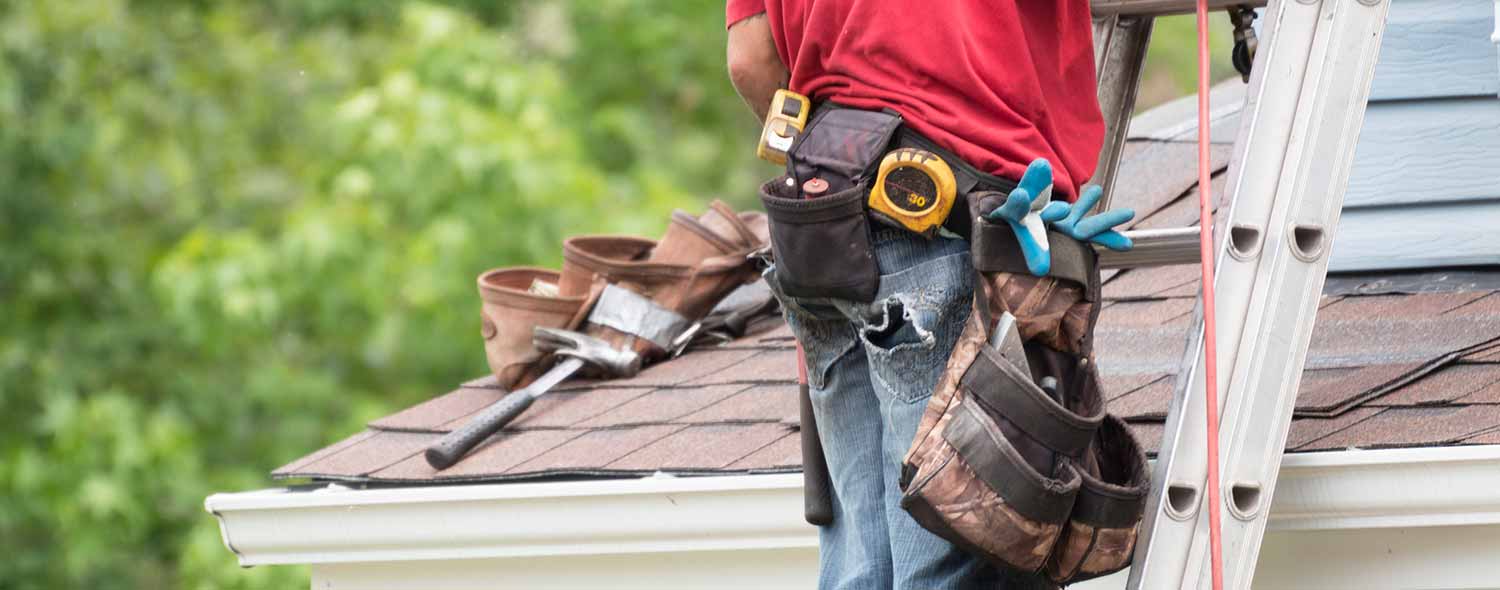
A quick look at your roof and home’s exterior could reveal minor problems that have begun over the winter, which you can have repaired before they become major issues. Even if you can’t go up on your roof because it’s too high, you can inspect your shingles, flashings, and chimneys using a pair of binoculars. If you have a flat roof or a single-story home and are able to climb up, do so with caution.
Check for misaligned, cracked or missing shingles, all of which can let water seep in. Also check flashing (those metal pieces where the shingles meet places like your chimney) for rust, and inspect the caulk around pipes or skylights to be sure it hasn’t cracked.
Take a look at the chimney. If it’s masonry, inspect the joints between bricks or stones for pieces that have fallen out or have vegetation growing in them. Both could be signs of water problems.
After you’ve finished inspecting the roof, examine the rest of your home’s exterior. Consider pressure washing your home if it needs it. Then check the exterior paint for chipping. Scrape and touch up any places that have exposed wood, to prevent rot.
6. Clean Gutters and Downspouts:

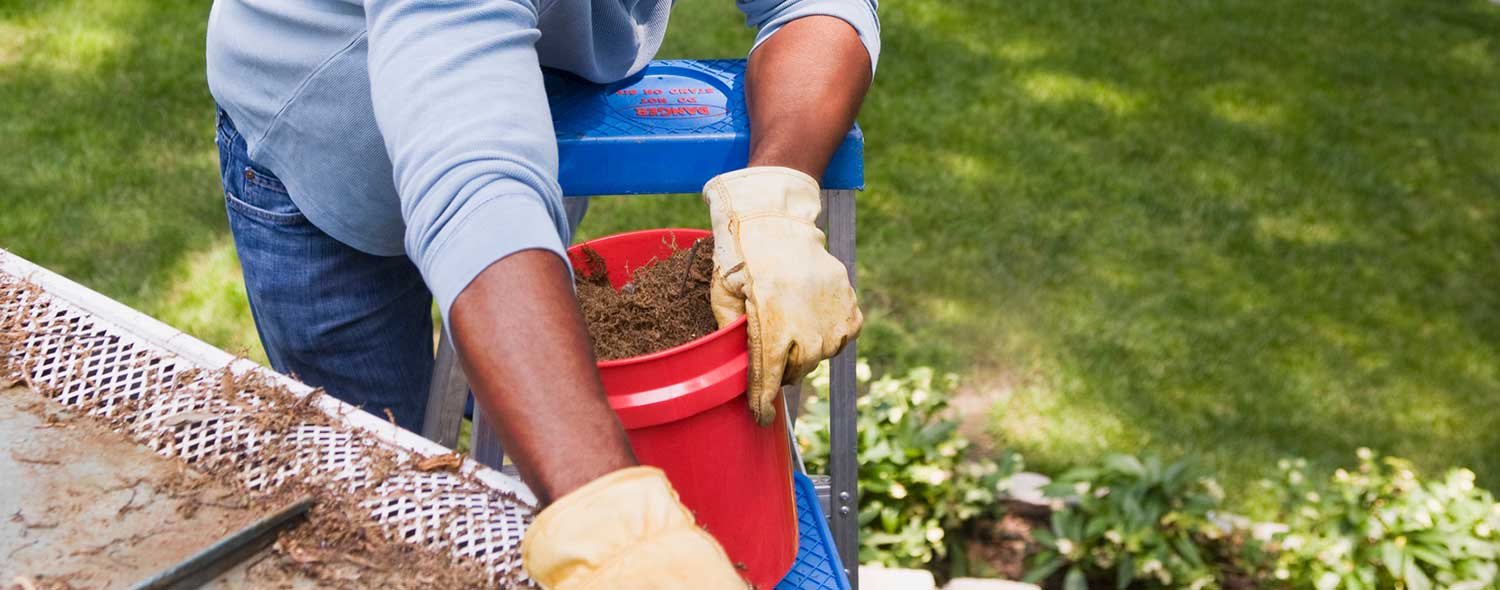
While you’re assessing the outside of your home, check on your gutters and downspouts. Winter can be tough on them, and damage can lead to leaks that let water in your basement or crawl space, or cause wood rot around the gutters.
Cleaning gutters can be a tough job, so consider hiring a pro, especially if your house is more than one story tall. If you’re comfortable tackling it yourself, be safe and work with a partner.
If you’re doing it yourself, you’ll need a sturdy ladder, gloves, a trowel, safety glasses and a hose. Use the trowel to scoop the gunk out of the gutters. Once you’ve gotten as much out as you can, hose out the gutters and let the water run out through the downspout. Use the hose to force out clogs.
Be sure water from the downspouts flows away from your house to keep it from collecting around the foundation. As dirty as this job can be, it’s one that can save a lot of headaches and bigger problems down the road.
7. Check Your Attic:

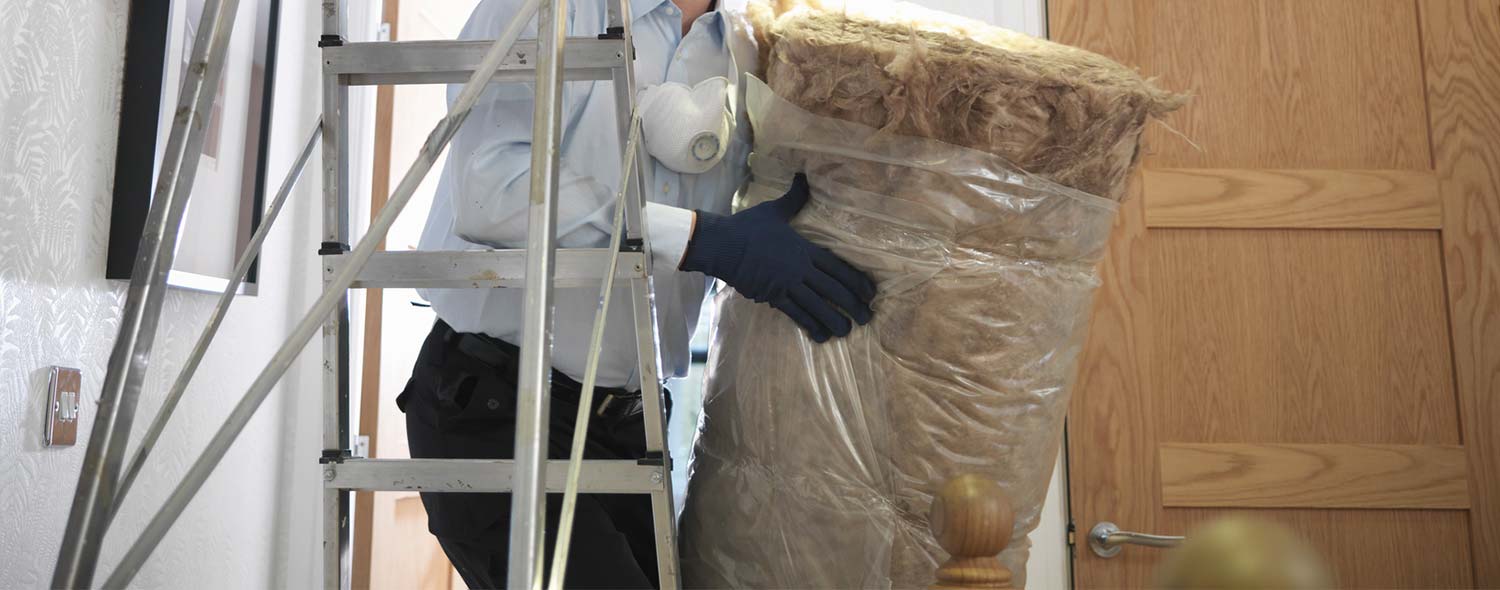
Before the temperature is too hot to head up there, inspect your attic. There are several things that could have happened over the winter that may need your attention. Consider wearing a dust mask and long sleeves and long pants to protect yourself from insulation.
You may have had critters nesting up there trying to escape the cold. If that’s the case, you’ll need to get rid of any animal droppings (another good reason to wear the mask). Even if it’s old, animal waste can cause respiratory problems or other diseases. Next, find and seal the holes where the animals were coming in. Check for air vent obstructions and wet spots in the insulation that may indicate a leak. Consider adding additional insulation if yours has compacted. If you look out across the attic and can see the joists, you probably need more insulation.
8. Tidy Your Yard:

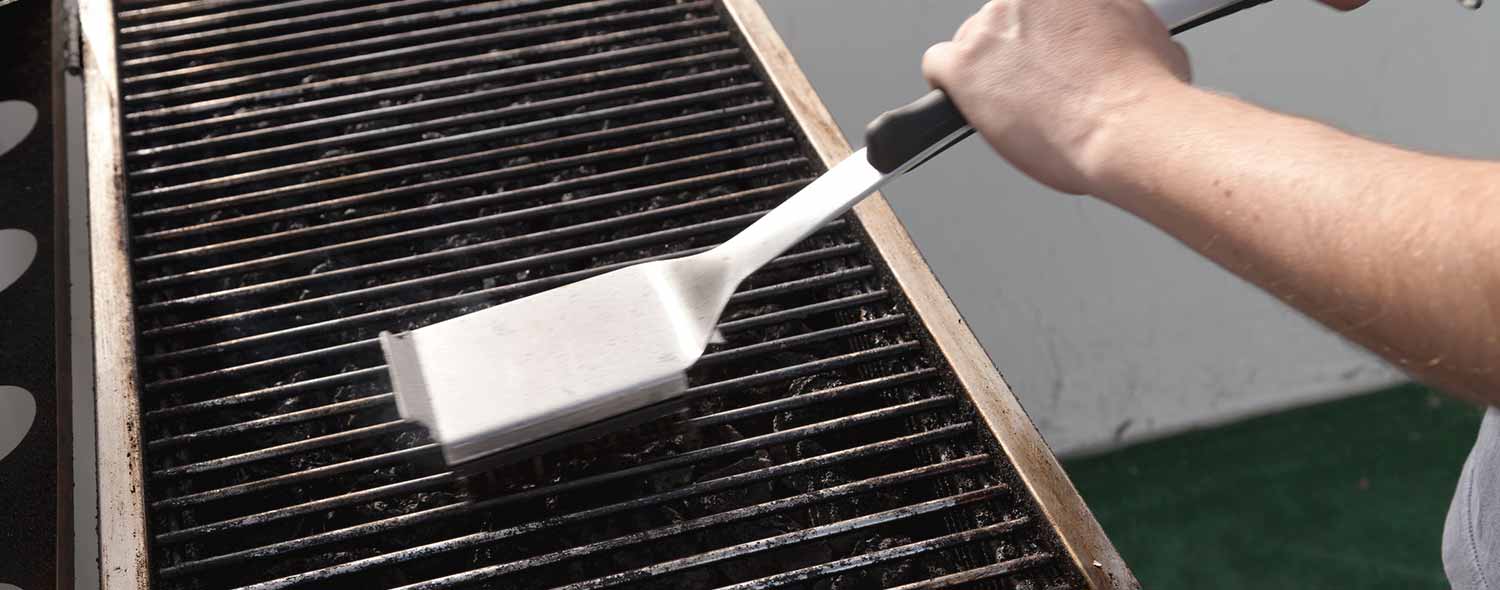
If you’re finished with all of the work on this list – or even just read through it – you’re probably ready to relax and enjoy your yard. To get it ready for the kids and adults, inspect all playground equipment, outdoor toys, and play areas for winter wear and damage, including rust, new sharp edges, or exposed screws.
Bring your lawn and patio furniture out of storage, hose or wash them off and set up an area for dining, relaxing, or entertaining. If your furniture is metal, look for rust. Sand and repaint with spray paint if needed.
Get your gas grill ready to go by checking burners for clogs. Make sure all gas hoses and connections are secure, and restock the propane if necessary. If you have a charcoal grill, make sure it’s clean and free of ash and grease.
Sit Back and RELAX!
With these important maintenance chores out of the way, you’re ready to enjoy the warm weather – and relax on your summer vacation. If you’re looking to fund any home projects this summer and have enough equity in your house, a home equity loan or line of credit could be the right financial choice for you. Contact Member Services to discover your options today!




